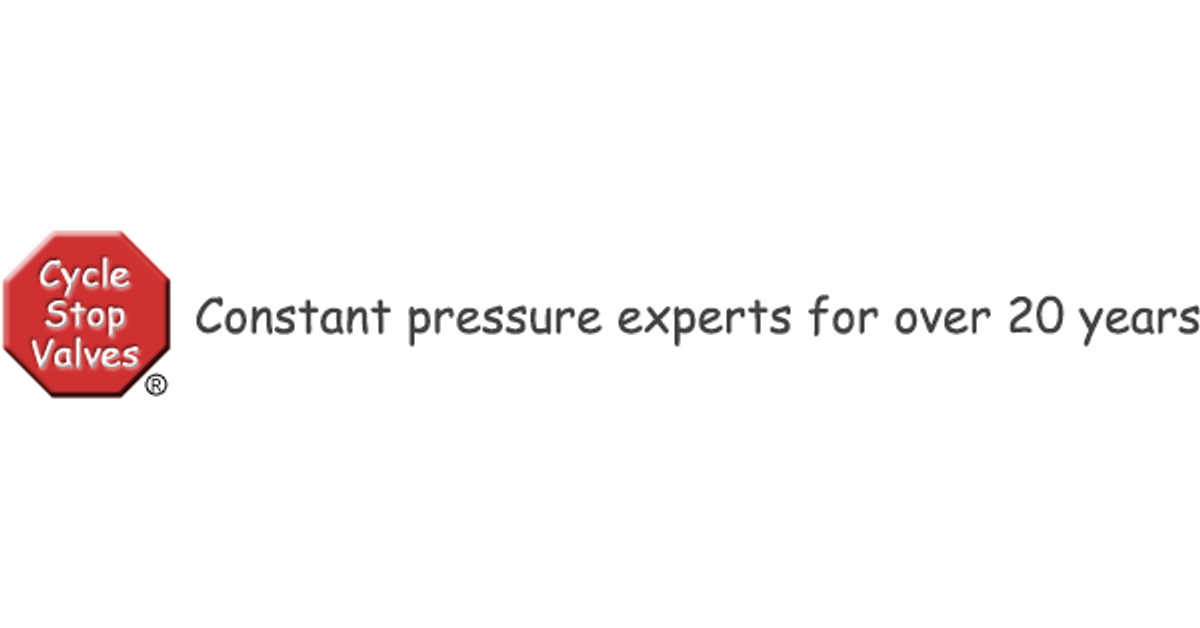WillToress
New Member
Hi all, i'm new here and this is my first time owning a house with a well. Is the gauge on the pressure tank supposed to go in between 45 and 70 psi back and forth as water is being used? (video:
) Is this called short cycling? There is also clicking sounds and vibrations when it hits 70psi. Lights also flicker when it clicks. If this is abnormal, how is the pressure gauge supposed to react when water is being used?
I'm asking because the faucets in the upper level of the house had low pressure and stopped to a trickle. After leaving it overnight, pressure returned to the kitchen but not as strong as before. The bath sink is still extremely weak. The pressure in the lower level is still fine. Could this be due to a bad pressure tank?
Thanks so much in advance!
I'm asking because the faucets in the upper level of the house had low pressure and stopped to a trickle. After leaving it overnight, pressure returned to the kitchen but not as strong as before. The bath sink is still extremely weak. The pressure in the lower level is still fine. Could this be due to a bad pressure tank?
Thanks so much in advance!

